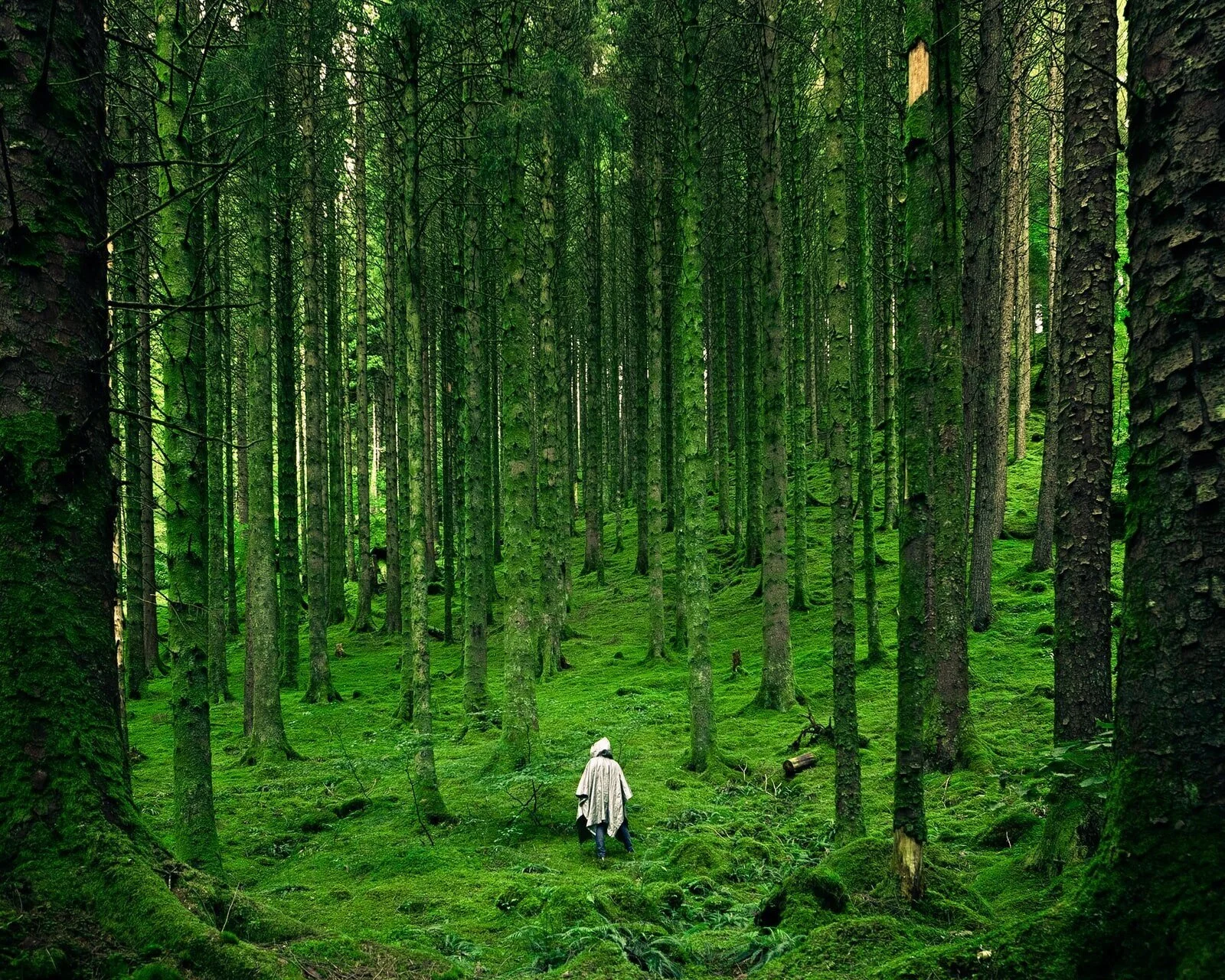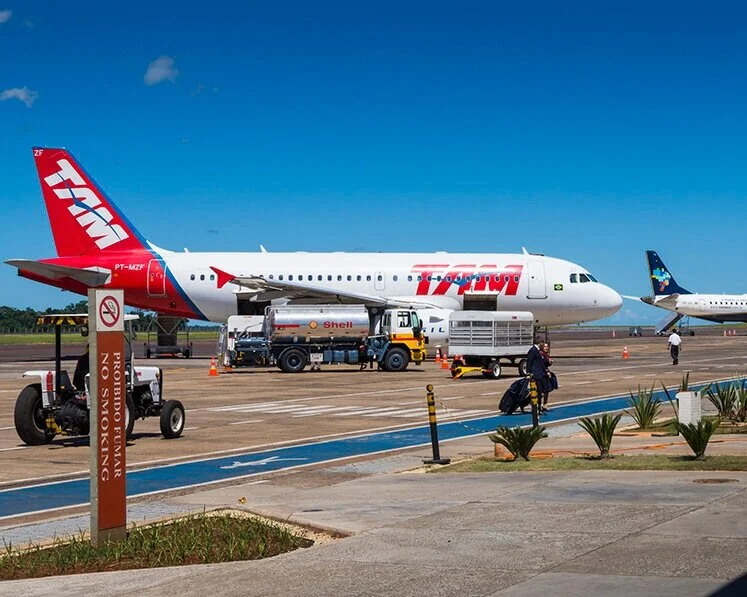A Vision for the Future - China to Construct Housing in Rwanda
/KIGALI, Rwanda - It is not uncommon for cities in the developing world to experience an influx of rural-urban migration because of economic development, and thus heightened opportunities in urban areas. While at times this occurs on a scale so large that new buildings and infrastructure must be constructed to accommodate the newly enlarged population. In the case of Rwanda an entirely new microcosm of a city had to be built to mollify the citizens adversely impacted by the this issue. Befitting the optimistic prognostications for the future, the new development is called Vision City, and will eventually provide 4,500 new homes to Rwandans in 2024, its scheduled completion.
The problem; however, they plan to construct luxury, but pedestrian styled homes ranging in price from $172,00 to $560,000. At these prices the population that most requires housing is unable to afford it because the average per capita income is just $700 a year. A study in 2012 by the City of Kigali, the Ministry of Infrastructure, and the European Union revealed that by 2020 a housing deficit of upwards of 344,000 homes could prove to be problematic for Rwanda’s already populous and centrally located capital city. Just a year after the study came out, ground broke on Vision City, Rwanda’s largest housing project to date.
The project is set to be completed in four phases with phase one offering an initial five hundred housing units sometime early this month to help alleviate the housing deficiency. In addition to offering accommodations, Vision City will also provide supermarkets, schools, and a new network of public transportation, thus making the housing project truly a city within a city. While Vision City has been funded by the Rwandan Social Security Board, construction is being led by China Civil Engineering, and is utilizing a prolific quantity of imported materials which may account for the steep price of the housing units. Due to this, it seems that many Rwandans will not be able to afford to live in Vision City which could prove to be problematic especially as its very construction is part of a plan to appease the housing deficit due to migrant workers pouring into the city in search of work.
Furthermore, the project may exacerbate Rwanda’s already prominent level of income inequality especially as its construction displaced approximately three thousand people who owned more moderately valued property on the land which Vision City is currently being erected. Vision City’s location on the periphery of Kigali is of paramount importance in understanding its role in explaining and perhaps heightening income inequality in Rwanda. When there is an inundation of people migrating into economically important cities it is frequently the case that many end up settling on the outskirts as that is where they can afford to live even if they must commute to jobs that are more centrally located.
This has proved to be the case in many Brazilian cities regarding the construction of favelas (shantytowns) on the periphery of city centers as well as Kibera in Nairobi, which has evolved into the largest slum in Africa. While Vision City seeks to provide housing for this eventual overflow of migrant workers, the prices of the units do not reflect its final goal and might merely expand the perimeter of the city while encouraging the construction of slums on its outskirts. The result of this is that it will become even more difficult for migrant workers to find affordable accommodations and have easy access to jobs.
Of course, this is assuming that Vision City achieves full occupancy. Apart from the obvious problem that they are too expensive for the average Rwandan, it is quite possible that people will not want to move there because everything is too cookie-cutter and planned, which was the case in Brazil’s construction of Brasilia in 1960 as well as a similar development in Angola that finished in 2012 but remains largely unoccupied.
Nevertheless, there is a potential certainty that population in Rwanda that wants and can afford to live in luxury style homes with imported granite, but it is unlikely that this is feasible and in some cases even appealing to the general population. Ultimately, it seems that while Rwanda has poured $110 million dollars into this project, its vision for the future might be a little too optimistic and may even exclude the very people it is trying to help.













